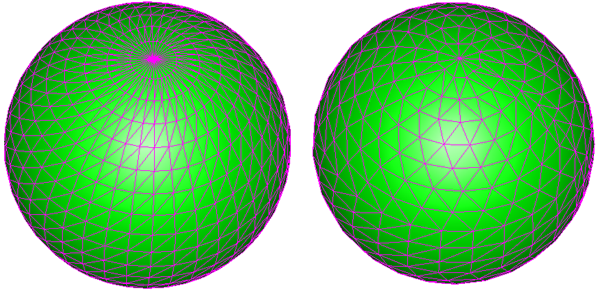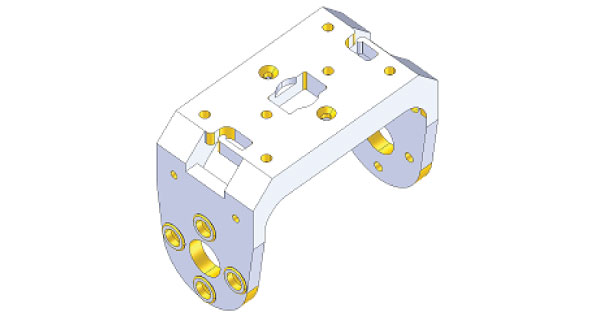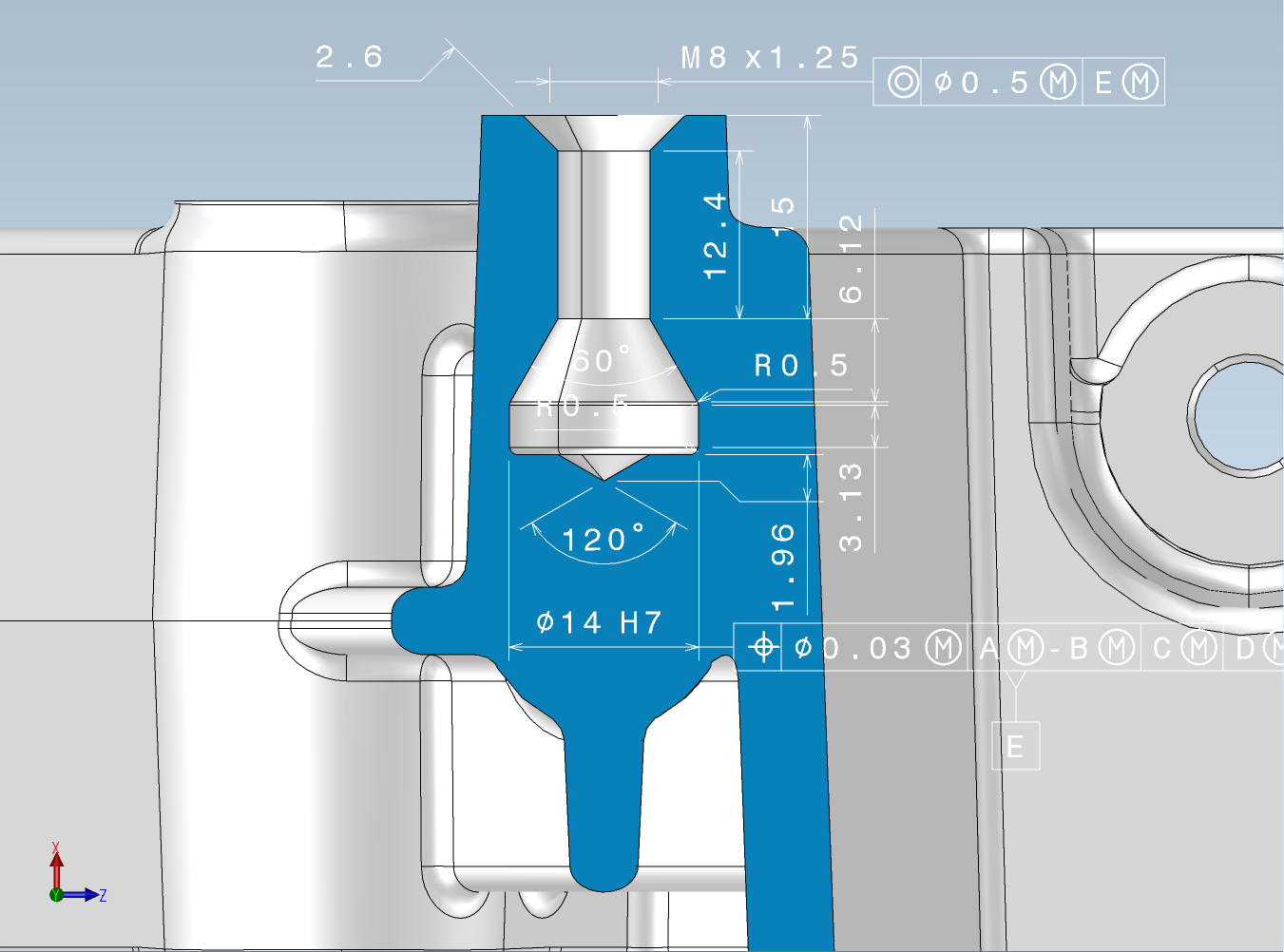In case you missed the news this week, we announced the availability of Release 2017 1.0 for Spatial software development toolkits (or SDKs). This release focuses on improvements and new features in two areas: innovation and industrialization.
Innovation
The release includes a number new features across our product line to help you in attacking your end market.
This release reflects our significant investment in the 3D ACIS Modeler, one of the world’s leading geometric modeling kernels, adding to the vast breadth of capabilities while also extending the depth of workflows and use cases. Our innovative approach offers new options for customers to analyze difficult cases, step through Boolean processes, and specifically identify issues in source data. This optional, interactive approach helps customers to solve even more use cases, and provides feedback that can guide the user specifically to any problematic entities.

In addition, CGM Core Modeler, the industry’s first commercial 3D geometry kernel made available to the market in over ten years, has been updated to provide access to powerful and unique modeling capabilities. CGM Core Modeler now supports expanded feature recognition to enable logo, slot and pocket recognition, allowing customers to use feature recognition on parts and models to identify entities in order to focus on or remove them for downstream operations.

With Release 2017 1.0, Spatial has also extended the hybrid modeling capabilities of CGM Polyhedra so that both precise and polygonal entities can be modeled. Hybrid modeling maintains both exact and polyhedral surfaces within the same model, preserving exact geometry where possible. As a result, when tessellated data has been run through canonic recognition, customers can offer workflows which enable precise operations on precise entities.
3D InterOp was not left out of the mix for improvements. For applications that need to support iterative translations in a design/analyze/modify cycle or multi-CAD type environments, the support of CAD persistent name data (PNAME) has been extended to work with Inventor and Solid Edge. This enhancement allows application developers to write code that automatically re-applies loads, boundary conditions or assembly constraints when a modified version of a file is re-imported.
This release also continues to expand the set of data formats supported by 3D InterOp with the addition of the AP242 protocol to our STEP translator (read and write is now supported for product structure, BRep and tessellated PMI). This capability allows the expansion of model-based definition (MBD) throughout the supply chain and product lifecycle — making the 3D model the only specification.
Industrialization
Many of the enhancements found in this new release are design to help you deliver a more robust solution, hence the term industrialization.
The intent when translating files is to ensure that the data is usable in industrial processes, meaning that the quality is as high as possible and the data is complete. This release delivers several improvements to our Inventor reader within 3DInterOp, including various geometry bug fixes and an improvement to the mechanism used for the control of locating references in assemblies.
Our focus on product manufacturing information (PMI) continues with improvements in ProE and NX formats within 3DInterOp and the extension of our support for SolidWorks PMI to include the visualization representation and various improvements in the semantic data.
This release also improves the robsutness of the 3D ACIS Modeler by focusing on more than 100 real-world customer workflows. By enhancing blending, Euler, space warping, offsetting, stitching, surfacing and sweeping operators, to name a few, the 3D ACIS Modeler has solved many additional customer use cases. And, by focusing on performance throughout the software development processes, Spatial enables customers to solve not only more use cases, but to do so ever faster.
Innovation and Industrialization are two sides of the same coin. Release 2017 1.0 delivers on both sides.



















